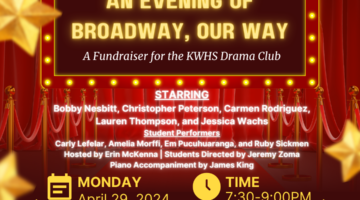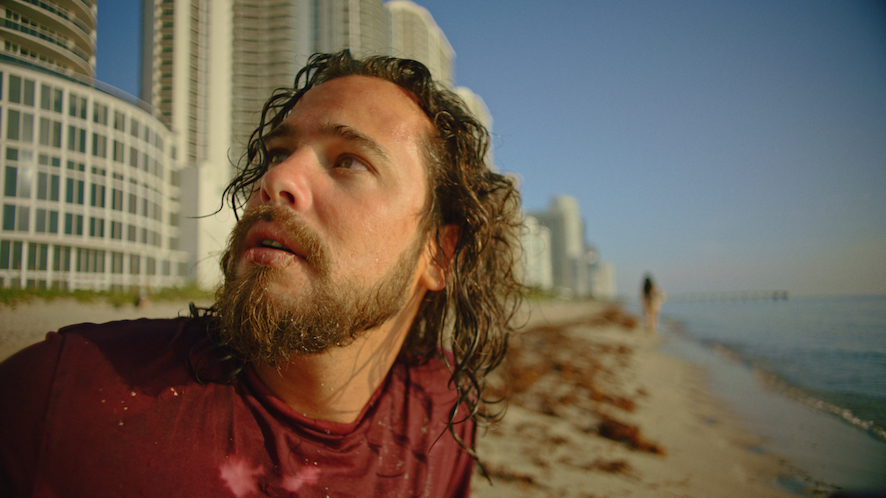Tropic Sprockets / The Last Rafter
By Ian Brockway
From Oscar Ernesto Ortega and Rafael Betancourt, “The Last Rafter” is the story of one young man’s existential quest for familial peace. It is stirring, pensive and heartfelt, highlighted by vivid cinematography from Ortega.
Ernesto (Hector Medina) is a young Philosophy Professor from Cuba who risks his life reaching America on a boat. Stepping foot in Miami, he feels he is suddenly on an obscure land, one of neon color, wanton flesh and odd powdered stimulants.
Ernesto is in a daze like one drugged, awash in a new Capitalism. He is driven by one goal: to find his father who is a mystery to him.
Ernesto runs into his best friend Ale (Nestor Jimenez) by chance in Miami Beach, a flashy employment contractor. Ale wants him to drink in the riches of the new country but Ernesto looks at Ale like an extraterrestrial dipped in gold. He can’t talk to him.
Walking aimlessly, he drifts into a coffee shop and meets the cosmopolitan Lenin (Chaz Mena). Ernesto doesn’t know what to make of Lenin’s offer for a drink but decides to accept. At Lenin’s house, Ernesto meets the vivacious Lucy (Cristina Garcia) and her young son. Feeling insecure, Ernesto latches on to Lenin and Lucy. Romantic feelings develop towards the latter.
Ernesto tracks down his father’s sister but she does not recognize Ernesto. He is devastated.
He gradually realizes he has nowhere to turn. Ernesto can’t commit to Lucy and does not trust Ale or Lenin. Everywhere Ernesto goes he is confronted by trivial distractions and sensations. At a dinner party he is confronted by a conservative Cuban exile and loses his temper. This is one bridge irrevocably burned.
At a mall, a young girl tries to convince him to rent a gold chain so he can impress others on his return to Cuba. There is an emphasis on money and sex throughout.
Lenin has secrets and guilt, knowing firsthand of a camp where the Cuban government would place people who are gay and attempt to convert them.
Though the matters are heavy, the episodes unfold naturally with a lightness of rhythm. The disparity between the yellow gold of Miami and the gray landscape of the immigrant in New York City is well emphasized.
With its crisp bright colors that contrast with a claustrophobic grit, Ortega and Betancourt’s “The Last Rafter” continues the tradition of naturalist films in the spirit of “Strawberry and Chocolate” and “Washington Heights.”
Write Ian at ianfree11@yahoo.com
[livemarket market_name="KONK Life LiveMarket" limit=3 category=“” show_signup=0 show_more=0]



No Comment